Rückwandleiterplatte
Zentralisieren und Verbinden
Rückwandleiterplatten sind eine Art von Leiterplatten, die eine zentralisierte Verbindungsinfrastruktur für elektronische Systeme bieten. Sie vereinfacht die Verdrahtungs- und Verbindungsanforderungen des komplexen Systems und ermöglicht eine schnelle und effiziente Kommunikation zwischen den einzelnen Platinen.
Produktvorteile
Die Rückwandleiterplatte dient als Rückgrat des elektronischen Systems und bietet einen einzigen Verbindungspunkt für verschiedene elektronische Module, Tochterkarten und andere Leiterplatten. Sie enthält in der Regel viele High-Speed-Bahnen, Anschlüsse und Stromverteilungsebenen, die eine schnelle und effiziente Kommunikation zwischen den aktiven Leiterplatten ermöglichen. Die meisten Rückwandleiterplatten enthalten keine aktiven Komponenten.

Einfacher Zusammenbau
Die wichtigsten Komponenten auf den Platten sind die Steckverbinder, die zur Verbindung der Leiterplatten untereinander verwendet werden. Diese können durch Einpressen, STM- oder THT-Montage angebracht werden.

Zuverlässigkeit
Die Rückwand-Technologie bietet eine überragende Zuverlässigkeit und High-Speed-Konnektivität im Vergleich zu anderen Verbindungsmodullösungen.

Große Auswahl an Materialien
Das Basismaterial der Leiterplatte muss eine impedanzgesteuerte High-Speed-Signalverbindung zwischen den verschiedenen aktiven Subplatinen unterstützen. Die meisten Rückwände werden aus speziellen High-Speed-Materialien mit niedrigem Verlusttangens (DF) und Epsilon-Relativ (DK) hergestellt.
Was ist eine Rückwandleiterplatte?
Definition
Eine Rückwandleiterplatte wird oft mit der Hauptplatine eines Personalcomputers verglichen, da beide Anschlüsse (Steckplätze) für Subplatinen enthalten und die Kommunikation zwischen allen angeschlossenen Platten ermöglichen. Der Hauptunterschied besteht darin, dass die in Computersystemen verwendete Hauptplatine aktive Komponenten und Prozessoren sowie Anschlüsse (Steckplätze) für Erweiterungsplatinen enthält, während die Rückwand oft nur Anschlüsse (Steckplätze) enthält, um mehrere aktive Leiterplatten in größeren Serversystemen miteinander zu verbinden.
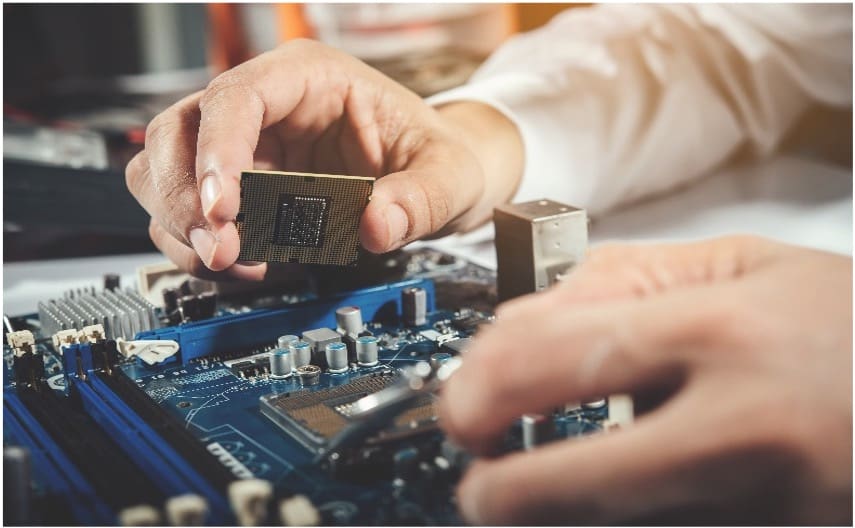
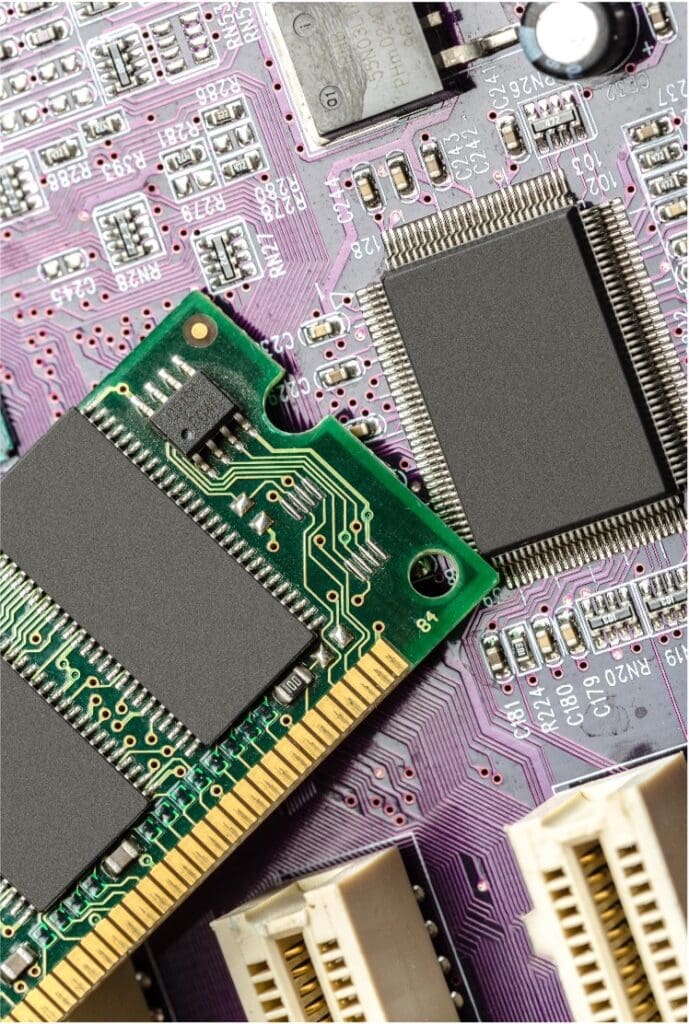
Spezifikationen
Linie & Abstand: Rückwandleiterplatten erfordern oft impedanzkontrollierte Leiterbahnen, was typischerweise kleinere Leiterbahn- und Abstandsbreiten mit Größen von nur 0,0025, 0,003 oder 0,004 Zoll (62, 75, 100 Mikrometer) bedeutet. Die meisten Hersteller verwenden Laser Direct Imaging (LDI) und Vakuum-Develop-Etch-Strip (DES) Linien zum Ätzen der feinen Muster.
Vias: Vias werden hauptsächlich mechanisch gebohrt mit einer Mindestgröße von etwa 0,3 mm. Niedrigere Werte sind auf Anfrage möglich.
Schichtanzahl: bis zu 60 Schichten
Leiterplattenmaterial: Wir empfehlen in der Regel die Verwendung von Materialien mit Mid oder High Tg. Material für Rückwandleiterplatten. Viele Anwendungen mit kontrollierten Impedanzen der Leiterbahnen erfordern spezielle High-Speed-Materialien mit niedrigem Signalverlust-Dissipationsfaktor (Df) & niedriger relativer Epsilon-Dielektrizitätskonstante (εr Dk)
Oberflächenfinish: Das Oberflächenfinish der Rückwand hängt von der Montagemethode des Steckers ab: Einpressen erfordert HASL, LF HASL oder Immersion Sn. THT und SMT-Technologie erfordern HASL, LF HASL, OSP, ENIG, Immersion Sn oder Immersion Ag.
Aktiv oder passiv?
Es gibt zwei Arten von Rückwandsystemen: aktive und passive. Aktive Rückwände enthalten die Steckplätze sowie die notwendigen Schaltkreise zur Verwaltung und Steuerung der gesamten Kommunikation zwischen den Steckplätzen. Im Gegensatz dazu enthalten passive Rückwände so gut wie keine Schaltkreise für die Datenverarbeitung.
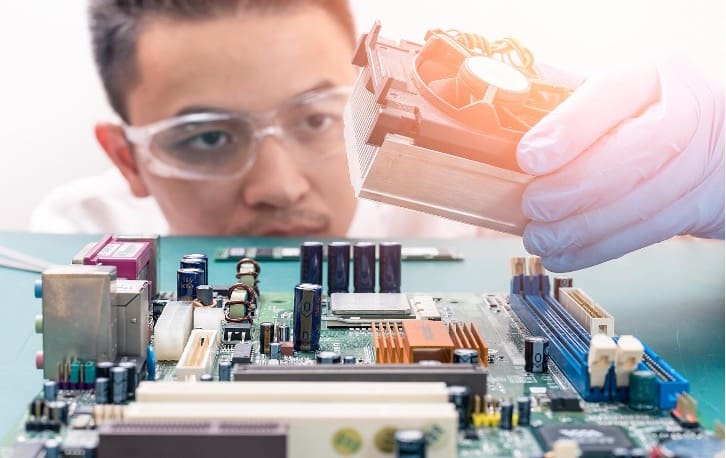
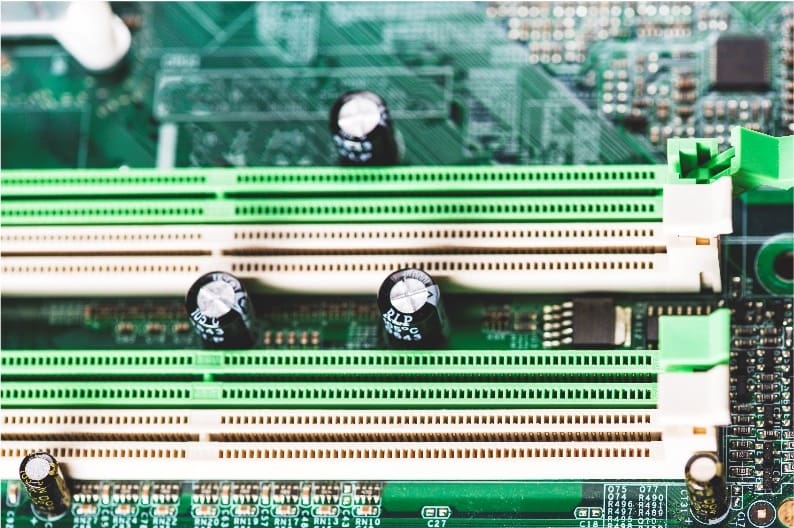
Dick und steif mit vielen Schichten
Rückwände haben oft eine beträchtliche Größe, um mehrere Leiterplatten in einem Racksystem zu unterstützen und miteinander zu verbinden. Die extreme Anzahl von Drähten, die für die Verbindung der Leiterplatten untereinander erforderlich sind, führt oft zu einer hohen Anzahl von Schichten. Dies macht Rückwände dicker und steifer als die meisten Leiterplatten. Dies ist von Vorteil, da die Leiterplatte steif genug sein muss, um die Einsteckkraft beim Einstecken der Subplatinen in die Rückwandanschlüsse aufzunehmen. Rigid-Multilayer sind die gängigste Technologie für die Entwicklung von Rückwänden, aber auch Flex-Starre kann im Falle einer speziellen Gehäuselösung entwickelt werden.
Benötigen Sie Rückwandleiterplatten?
Rückwände sind das Rückgrat für jedes größere Computer- oder Serversystem. Sie bieten eine feste und robuste mechanische Plattform und ermöglichen niederohmige High-Speed-Verbindungen zwischen allen Leiterplatten des komplexen elektronischen Systems.
Technische Daten
Rückwand-Platten
| Back Panels Feature | ICAPE Group back panel technical specification |
|---|---|
| Layer count | Up to 60 layers. |
| Materials | High TG, High-Speed and low loss materials |
| Base Copper Thickness | From 1/3 Oz base to 2 Oz finished thickness |
| Minimum track & spacing | 0.062mm / 0.075mm |
| Surface finishes available | HASL, LF HASL, OSP, ENIG, Immersion Tin, Immersion Silver. |
| Minimum mechanical drill | 0,3mm (Advanced 0.2mm) |
| PCB thickness | 1,6mm – 6.0mm. (Advanced 8mm) |
| Maximum dimensions | 590x680mm. |
Am besten wenden Sie sich an einen Ansprechpartner in Ihrer Nähe
Erfahren Sie mehr über Rückwandleiterplatten
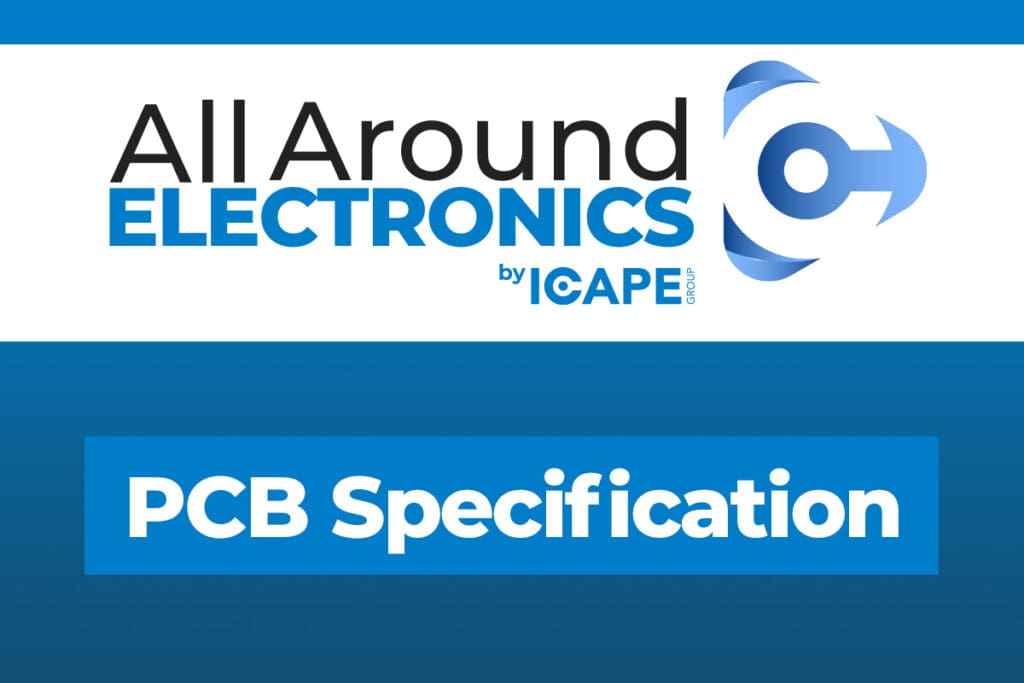
Webinare
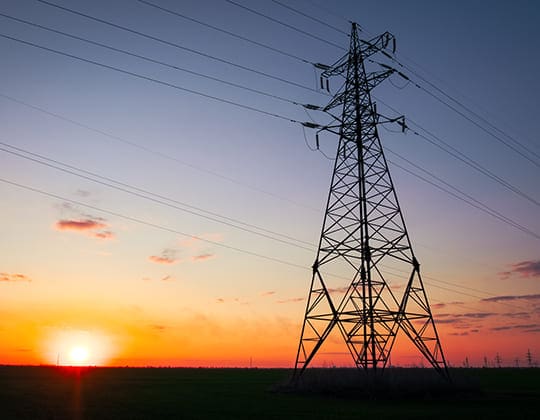
Branchen
Entdecken Sie, wie sich Rückwandleiterplatten auf verschiedene Branchen und Bereiche auswirken.
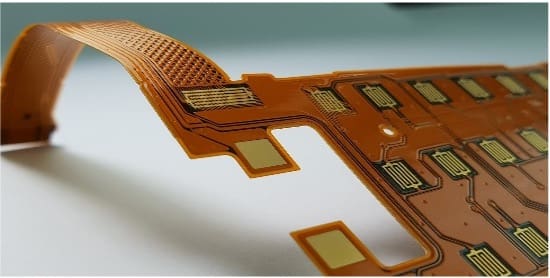
Technologien
Erfahren Sie mehr über die verschiedenen Technologien in der Leiterplattenindustrie und finden Sie heraus, welche am besten zu Ihren Bedürfnissen passt.
Haben Sie Fragen?
Es gibt ein Team der ICAPE Group in der Nähe von Ihnen und Ihrem Unternehmen. Überall auf der Welt sind unsere Geschäftseinheiten mit einheimischen Experten besetzt, die alle Ihre Fragen beantworten können.
Kontaktieren Sie uns noch heute!